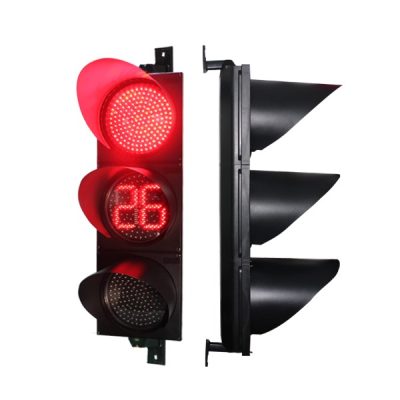- Green Waves:
A “green wave” refers to a coordinated sequence of green traffic signals along a road corridor. In a green wave, vehicles traveling at or slightly above the posted speed limit can encounter a series of green lights as they progress through multiple intersections. This creates a smooth and uninterrupted flow of traffic, reducing the need for frequent stops and starts.
Key features of green waves include:
- Constant Speed: To benefit from a green wave, drivers need to maintain a relatively consistent speed within a specified range. This speed is typically close to the posted speed limit.
- Coordinated Signals: Traffic signals along the corridor are synchronized to ensure that they turn green in a sequence that accommodates the desired traffic flow.
- Optimized Timing: Signal timing is optimized to consider factors such as traffic volume, intersection geometry, and the desired progression speed.
- Benefits: Green waves help reduce congestion, travel time, and fuel consumption. They also result in fewer stops and starts, which can lower wear and tear on vehicles and improve air quality.
- Traffic Signal Synchronization:
Traffic signal synchronization is the process of adjusting the timing of traffic signals at various intersections to create a coordinated traffic flow pattern. It can be achieved using various methods, including fixed-time coordination and adaptive coordination:
- Fixed-Time Coordination: In this method, traffic signal timings are set based on predefined schedules, traffic patterns, and expected traffic volumes. Fixed-time coordination works well in areas with relatively stable traffic patterns.
- Adaptive Coordination: Adaptive coordination uses real-time data from sensors, cameras, and traffic monitoring systems to adjust signal timings dynamically. Traffic conditions are continuously monitored, and signal timings are adapted to respond to changing traffic patterns and congestion levels.
Benefits of traffic signal synchronization include:
- Reduced Delays: Synchronization reduces the amount of time drivers spend waiting at red lights, thus reducing overall travel time.
- Improved Traffic Flow: Traffic flows more smoothly, and congestion is reduced, resulting in a more efficient transportation system.
- Fuel Savings: Fewer stops and reduced idling lead to fuel savings and reduced vehicle emissions.
- Enhanced Safety: Synchronized signals can improve safety by reducing the likelihood of rear-end collisions caused by abrupt stops.
- Improved Predictability: Drivers can better predict when signals will change, which reduces frustration and road rage.
Traffic signal synchronization is commonly applied in urban areas with high traffic volumes and multiple intersections along a corridor. It requires careful planning, data analysis, and ongoing monitoring to maintain optimal signal timing and adapt to changing traffic conditions. Additionally, advances in technology, such as adaptive traffic signal control systems, have made it easier to implement and maintain synchronized traffic signals.


Green waves and traffic signal synchronization are strategies used in traffic management to optimize the flow of vehicles through a series of consecutive traffic signals along a roadway. The primary goal is to reduce congestion, minimize delays, improve fuel efficiency, and enhance overall traffic flow. Here’s how green waves and traffic signal synchronization work:






















